Home>Furniture & Design>Interior Design Trends>How To Pack Glass
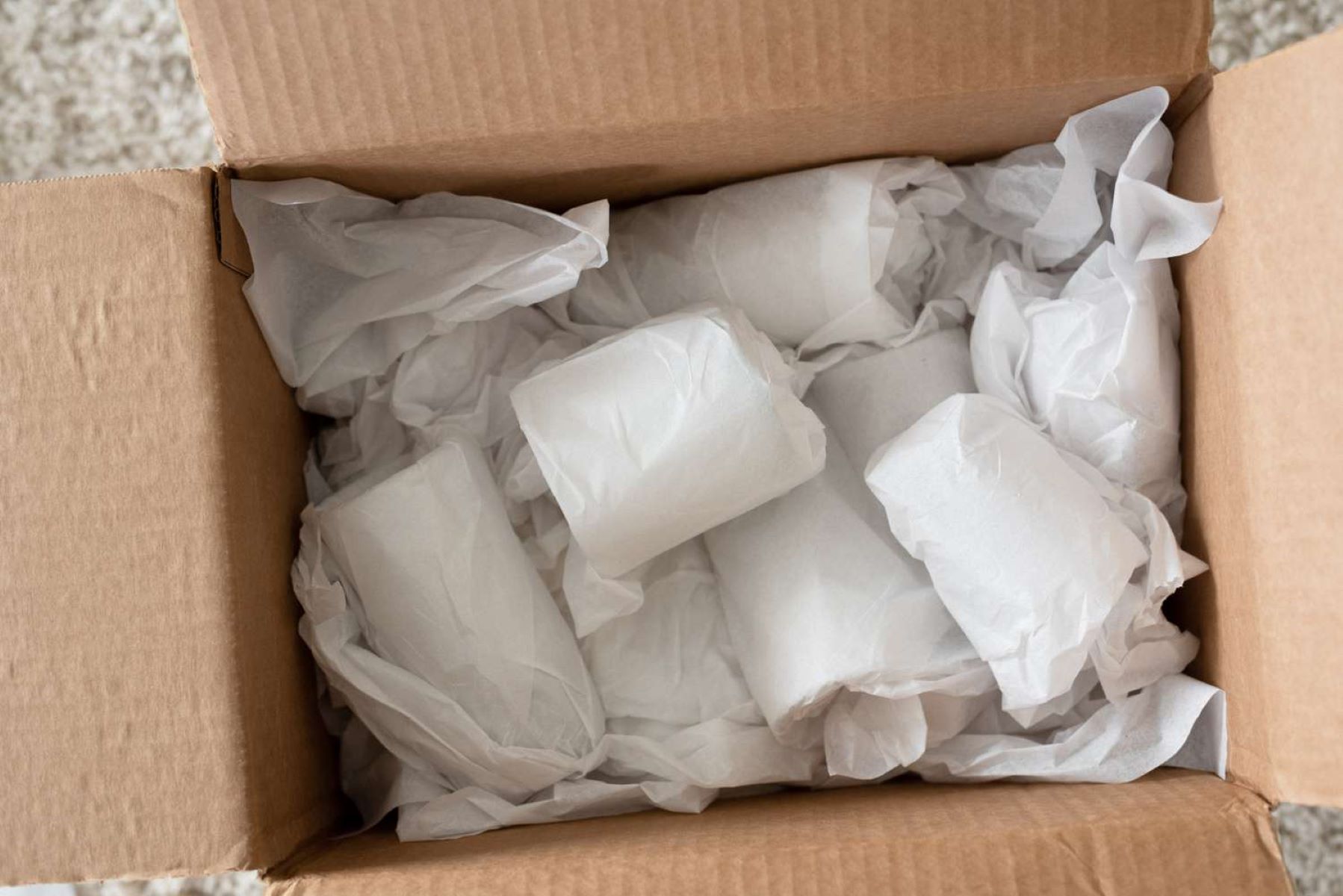

Interior Design Trends
How To Pack Glass
Modified: February 18, 2024
Learn the latest interior design trends for packing glass items safely. Discover expert tips and techniques for protecting delicate glassware.
(Many of the links in this article redirect to a specific reviewed product. Your purchase of these products through affiliate links helps to generate commission for Storables.com, at no extra cost. Learn more)
Introduction
Packing glass items can be a nerve-wracking task, especially when you're preparing for a move or shipping delicate glassware. The fragility of glass necessitates careful handling and strategic packing to ensure that your precious items reach their destination unscathed. Whether you're packing glassware, mirrors, or decorative glass pieces, taking the time to pack them properly can make all the difference in safeguarding them from damage.
In this comprehensive guide, we will walk you through the essential steps for packing glass items effectively. From choosing the right packing materials to wrapping the glass items and packing them securely in a box, we've got you covered. By following these expert tips, you can minimize the risk of breakage and ensure that your glass items are well-protected during transit.
So, if you're gearing up to pack your cherished glassware or preparing for a move, buckle up and get ready to master the art of packing glass items like a pro. With the right techniques and a bit of patience, you can pack your glass items with confidence, knowing that they are well-secured for the journey ahead. Let's dive into the intricacies of packing glass items and equip ourselves with the knowledge and skills needed to safeguard these delicate treasures.
Key Takeaways:
- Pack glass items carefully using cushioning materials like bubble wrap and packing peanuts. Securely wrap each item and pack them snugly in a sturdy box to minimize the risk of breakage during transit.
- Label the box as “Fragile” and “Glass Items” with clear directional arrows. Seal the box with quality tape, double-check the sealing, and affix destination information for a secure and organized transit experience.
Read more: What Is A Glass Pack
Choosing the Right Packing Materials
When it comes to packing glass items, selecting the right packing materials is paramount to ensuring their safe transit. The following materials are essential for safeguarding delicate glassware and preventing breakage during handling and transportation:
1. Packing Paper or Bubble Wrap
Packing paper or bubble wrap serves as a cushioning layer that protects glass items from impact and prevents them from shifting within the packing box. When wrapping glassware, ensure that each item is individually wrapped with generous layers of packing paper or bubble wrap to create a protective barrier.
2. Packing Peanuts or Foam Sheets
Packing peanuts or foam sheets are invaluable for filling empty spaces within the packing box. These materials provide additional cushioning and prevent glass items from moving around during transit. When using packing peanuts, be sure to fill the bottom of the box with a layer of peanuts before placing the wrapped glass items inside.
3. Sturdy Packing Boxes
Opt for sturdy, corrugated cardboard boxes that are specifically designed for packing fragile items. These boxes provide structural support and help distribute the weight of the contents evenly. Additionally, choosing the right box size is crucial – select a box that allows ample space for packing materials while minimizing excess room to prevent shifting.
Read more: What Are Glass Packs
4. Packing Tape
High-quality packing tape is essential for securing the packing materials and sealing the box. Ensure that the bottom of the box is securely taped before placing the glass items inside. Once the box is packed, seal all openings with packing tape to reinforce its structural integrity.
5. Corner Protectors
For larger glass items such as mirrors or framed artwork, corner protectors offer an extra layer of protection. These specialized protectors shield the vulnerable corners of the glass from impact, reducing the risk of damage during handling and transportation.
By carefully selecting and utilizing these packing materials, you can significantly reduce the likelihood of damage to your glass items. With the right combination of cushioning, support, and protective elements, you can create a secure environment within the packing box, ensuring that your glass items remain intact throughout their journey.
Wrapping the Glass Items
Wrapping glass items is a critical step in the packing process, as it provides a protective barrier against potential impact and minimizes the risk of breakage during transit. To ensure the safety of your delicate glassware, mirrors, or decorative pieces, follow these expert techniques for wrapping glass items effectively:
1. Individual Wrapping
Each glass item should be wrapped individually to prevent them from coming into direct contact with each other. Begin by laying out a generous sheet of packing paper or bubble wrap on a flat surface. Place the glass item in the center and carefully wrap it with the packing material, ensuring that all surfaces are adequately covered. For particularly fragile items, consider using multiple layers of packing paper or bubble wrap to provide enhanced cushioning.
Read more: How To Pack Crystal Glasses
2. Secure Enclosure
Once the glass item is enveloped in packing paper or bubble wrap, secure the wrapping material with tape to create a snug and protective enclosure. Pay special attention to any protruding or delicate parts of the item, such as handles, stems, or decorative embellishments, and ensure that they are well-secured within the wrapping.
3. Additional Padding
For items with intricate or delicate features, such as ornate glassware or decorative accents, consider adding extra padding to vulnerable areas. This can be achieved by strategically layering additional packing material around specific sections of the glass item to provide targeted protection.
4. Tightly Sealed Wrapping
As you complete the wrapping process, ensure that the packing material is tightly sealed around the glass item. Any loose or loosely wrapped sections should be secured with tape to prevent unwrapping during handling and transit.
5. Quality Assurance
Before proceeding to pack the wrapped glass items in a box, perform a quality check to ensure that each item is adequately wrapped and protected. Gently press on the wrapping to assess the level of cushioning and stability. Any areas that feel inadequately protected should be reinforced with additional packing material.
By meticulously following these steps, you can effectively wrap your glass items with the utmost care and attention to detail. This meticulous approach to wrapping ensures that your glass items are shielded from potential impact and movement within the packing box, setting the stage for a secure and worry-free packing experience.
Read more: What Are Glass Pack Mufflers
Packing the Glass Items in a Box
Once you have meticulously wrapped each glass item, it's time to pack them securely in a box. This step is crucial in ensuring that the glass items remain well-protected and stable during transit. Follow these expert guidelines to pack your wrapped glass items in a box with precision and care:
1. Layer of Packing Peanuts or Foam Sheets
Before placing the wrapped glass items in the box, create a supportive layer of packing peanuts or foam sheets at the bottom. This foundational cushioning provides a buffer against impact and helps distribute the weight of the items evenly within the box.
2. Strategic Arrangement
Carefully place the wrapped glass items inside the box, ensuring that they are snugly nestled against each other without excessive movement. If there are empty spaces between the items, fill them with additional packing peanuts or foam sheets to minimize shifting during transit.
3. Vertical Orientation for Tall Items
For taller glass items such as vases or decorative glassware, consider packing them in a vertical orientation to minimize the risk of tipping or breakage. Ensure that these items are positioned securely and surrounded by ample cushioning to maintain their upright position.
Read more: How To Pack Wine Glasses Safely
4. Interlocking Technique
When packing multiple glass items in a single box, employ an interlocking technique to create a stable arrangement. Place larger items first, followed by smaller items that fit snugly around them. This strategic placement minimizes movement and enhances the overall stability of the packed items.
5. Top Layer of Packing Material
Once all the glass items are securely positioned in the box, add a final layer of packing peanuts or foam sheets on top. This additional cushioning acts as a protective barrier and prevents the items from shifting during handling and transportation.
6. Box Reinforcement
After packing the glass items, gently shake the box to assess its stability. If you detect any movement or shifting of the items, add more packing material to reinforce the contents and minimize any potential displacement.
By meticulously following these steps, you can ensure that your glass items are packed securely in the box, ready to embark on their journey without compromising their safety. This meticulous approach to packing not only safeguards the delicate glass items but also provides peace of mind as you prepare for their transportation.
Labeling and Sealing the Box
After carefully packing your glass items, the final crucial step is to label and seal the box effectively. This step not only ensures the security of the contents but also facilitates organized handling and unpacking at the destination. Here's how to expertly label and seal the box to safeguard your precious glass items:
-
Clear and Informative Labeling: Use a permanent marker to clearly label the box as "Fragile" and "Glass Items" on multiple sides. This prominent labeling serves as a visual cue for handlers and movers, alerting them to exercise caution and gentle handling. Additionally, include directional arrows indicating the upright position of the box to prevent mishandling.
-
Identify Top-Heavy Items: If the box contains top-heavy glass items, such as mirrors or framed artwork, explicitly mark "This End Up" on the box. This directional instruction ensures that the box is oriented correctly during transit, minimizing the risk of damage to the fragile contents.
-
Seal with Quality Packing Tape: Use high-quality packing tape to seal the box securely. Reinforce the bottom seam and any flaps with multiple layers of tape to enhance the structural integrity of the box. Ensure that the tape extends onto the sides of the box for added reinforcement.
-
Double-Check Sealing: After sealing the box, conduct a thorough inspection to verify that all seams and openings are securely taped. Gently press on the taped areas to confirm that they are firmly sealed. Any loose or inadequately sealed sections should be promptly reinforced with additional tape.
-
Label with Destination Information: Affix a label with the destination address, contact information, and any special handling instructions on the box. This ensures that the box is correctly routed and handled with care throughout the transportation process.
-
Record Keeping: Maintain a record of the box's contents and its destination, keeping a copy for your reference. This record serves as a valuable reference in the event of any unforeseen circumstances during transit.
By meticulously labeling and sealing the box, you provide an added layer of protection for your glass items, setting the stage for a secure and well-documented transit experience. These meticulous measures not only safeguard the delicate contents but also contribute to a streamlined and organized packing process, ensuring that your glass items reach their destination in pristine condition.
Frequently Asked Questions about How To Pack Glass
Was this page helpful?
At Storables.com, we guarantee accurate and reliable information. Our content, validated by Expert Board Contributors, is crafted following stringent Editorial Policies. We're committed to providing you with well-researched, expert-backed insights for all your informational needs.
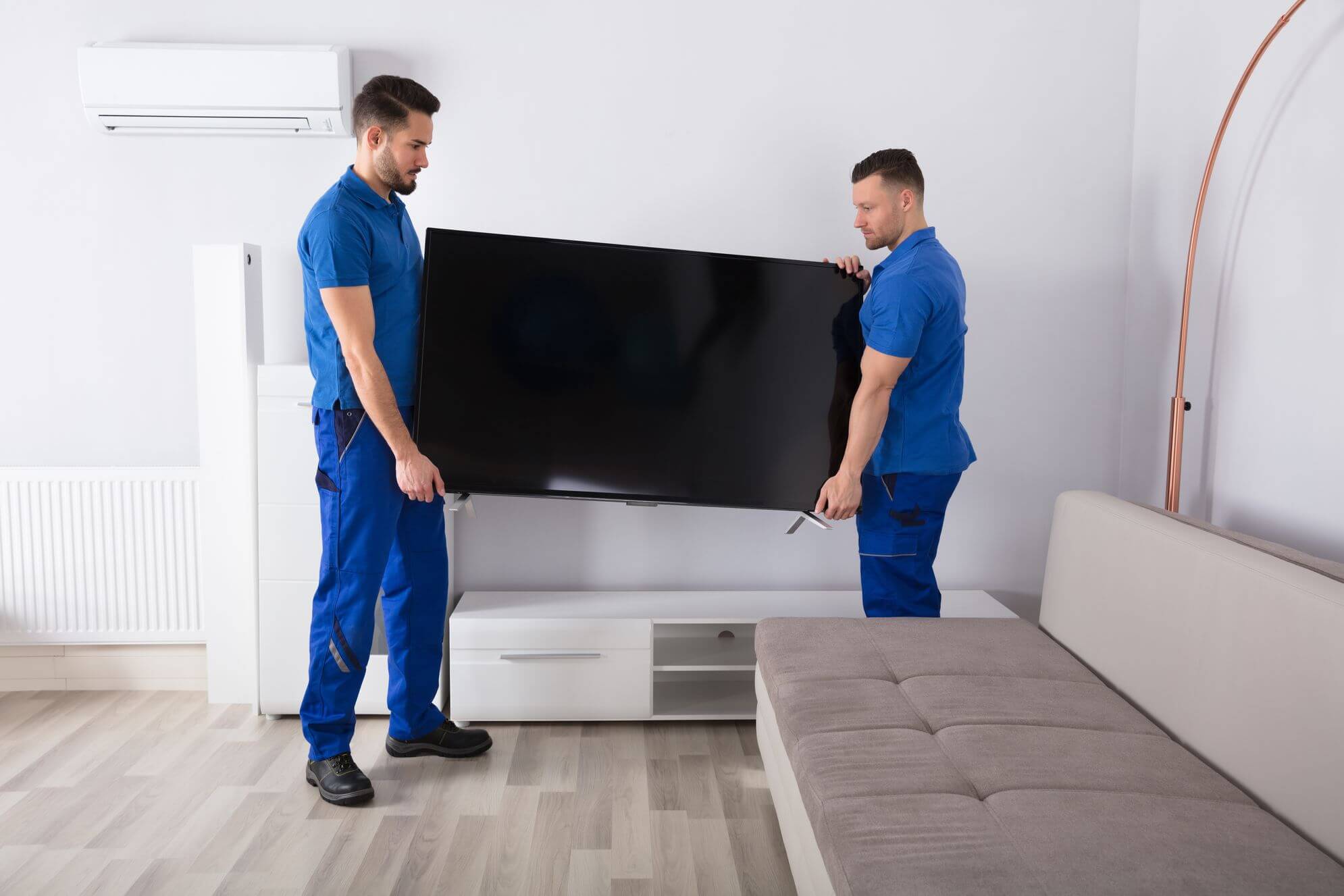
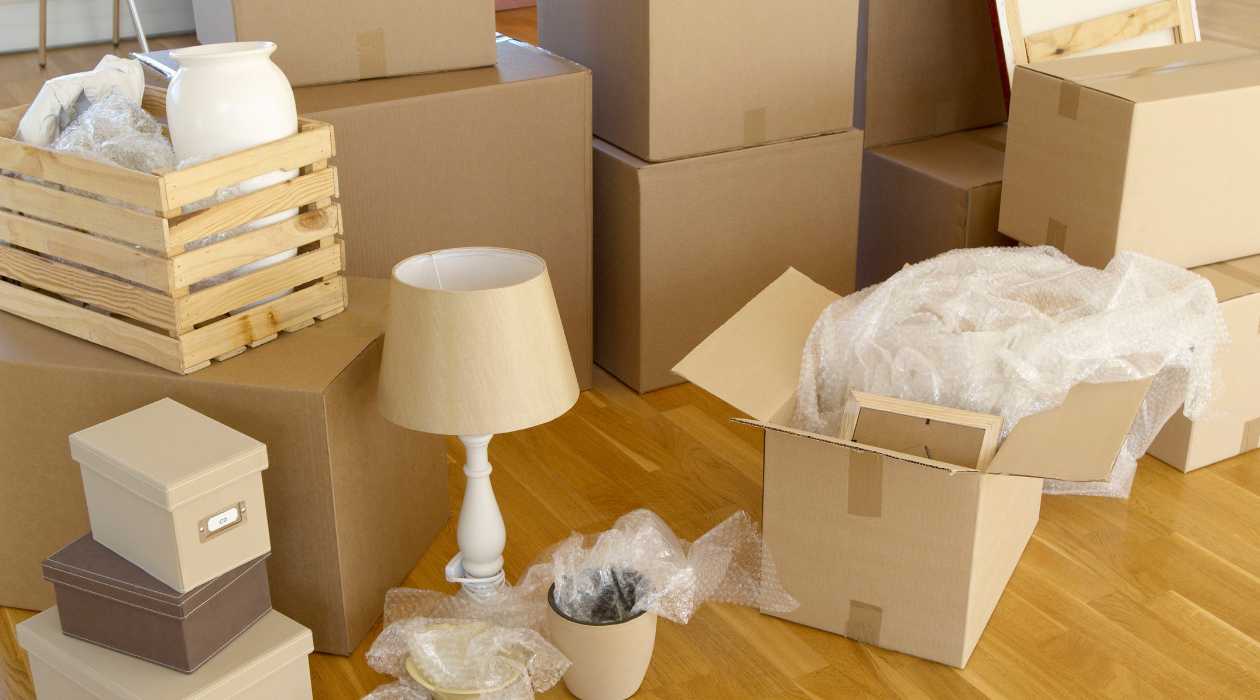
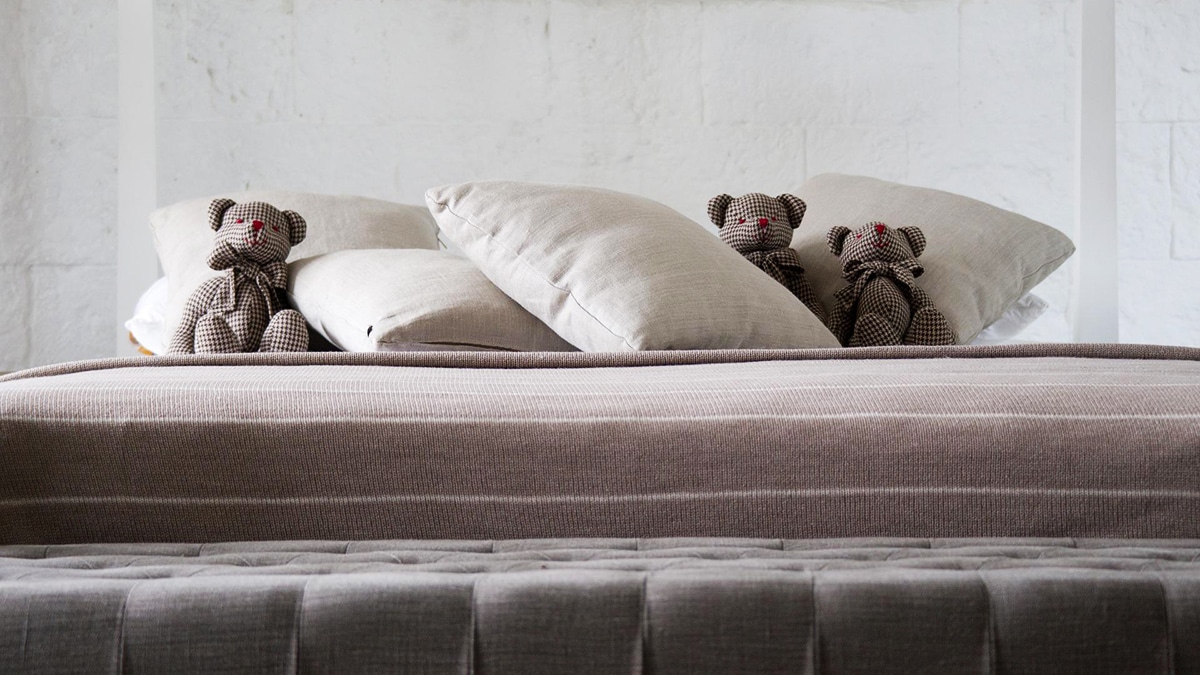
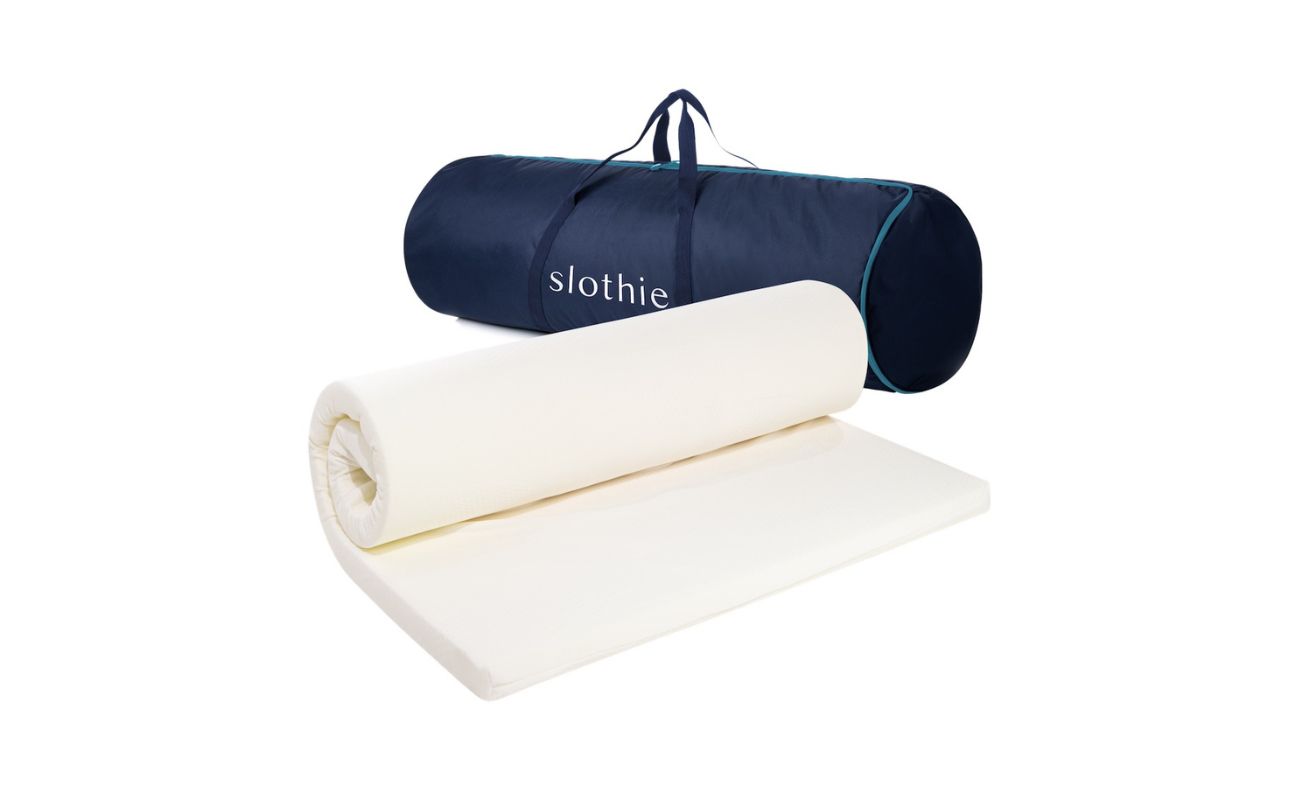
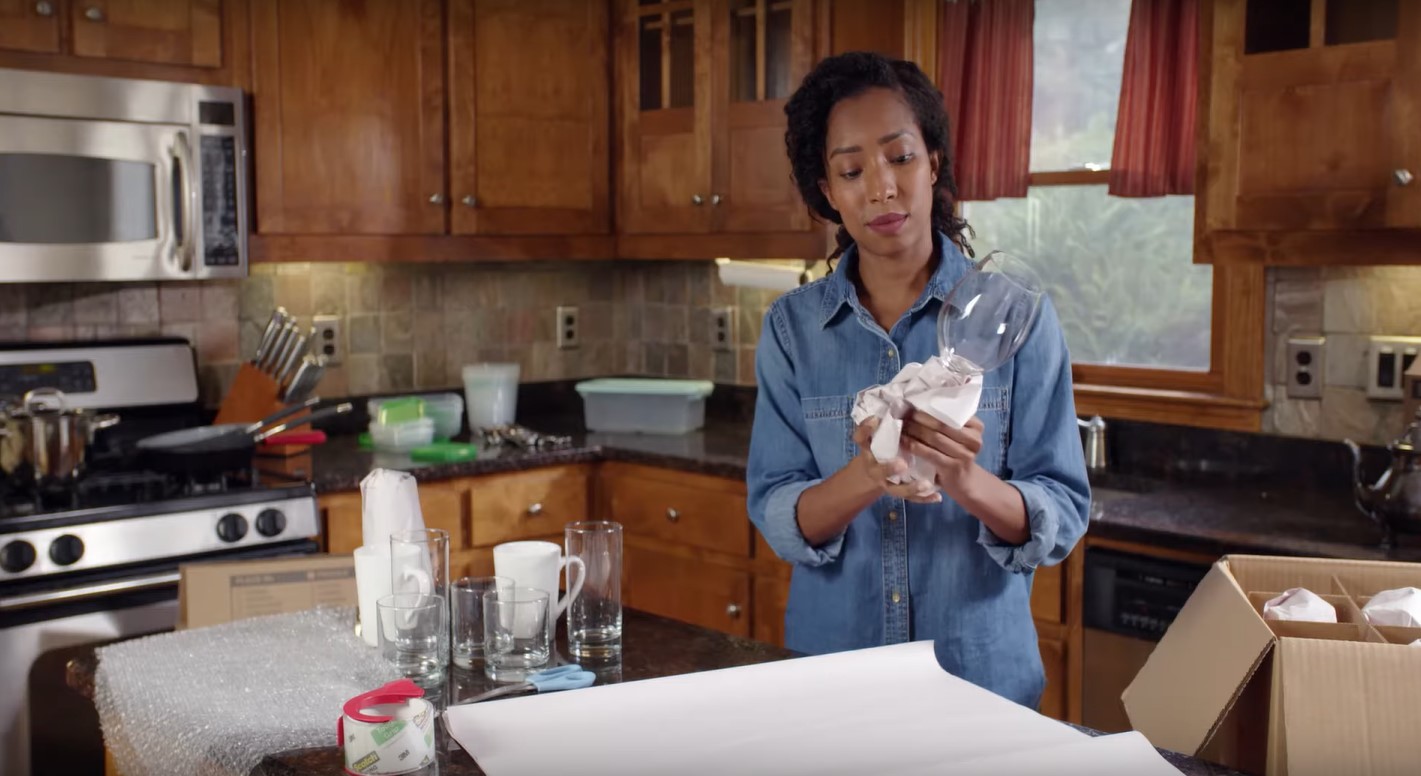
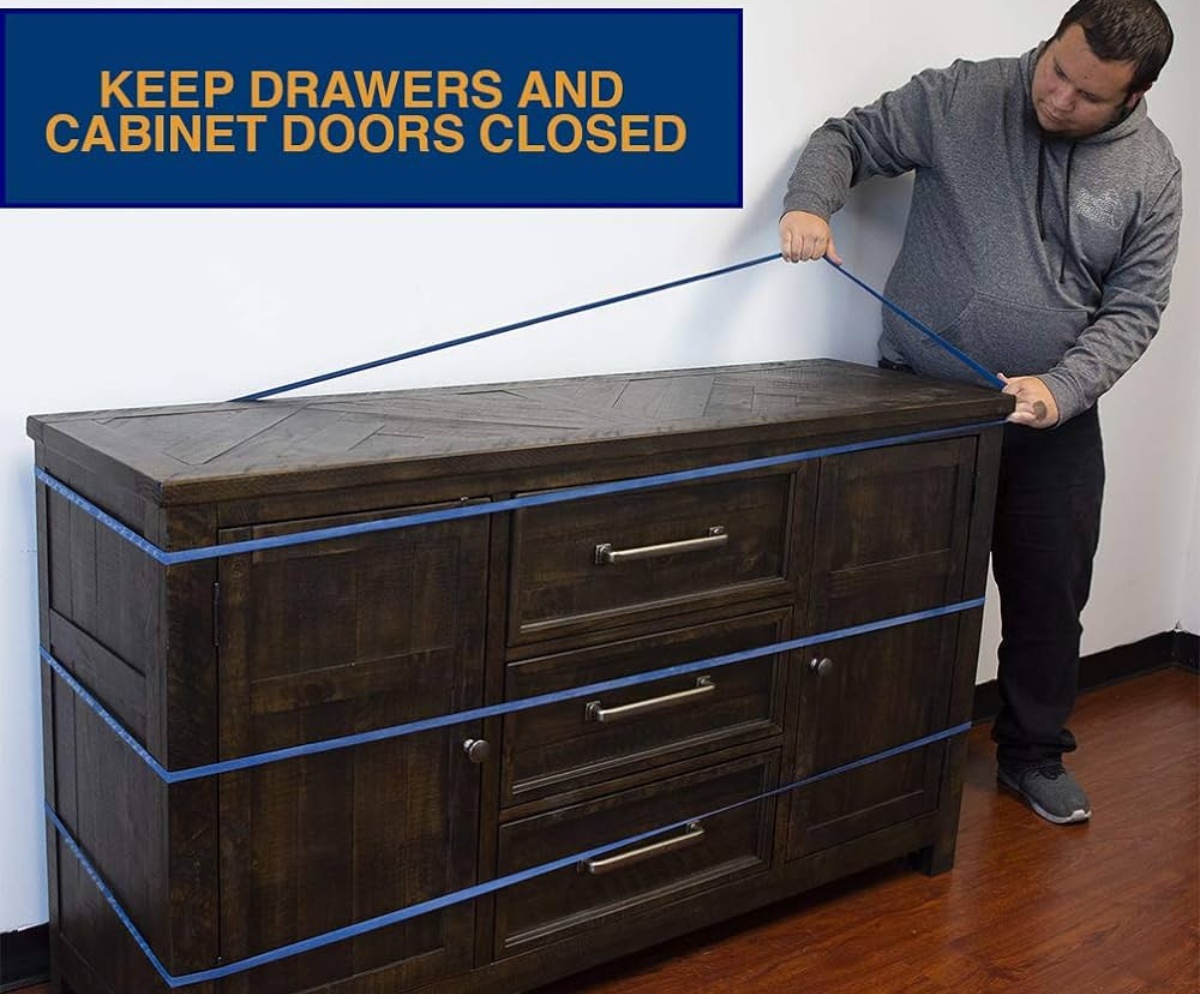
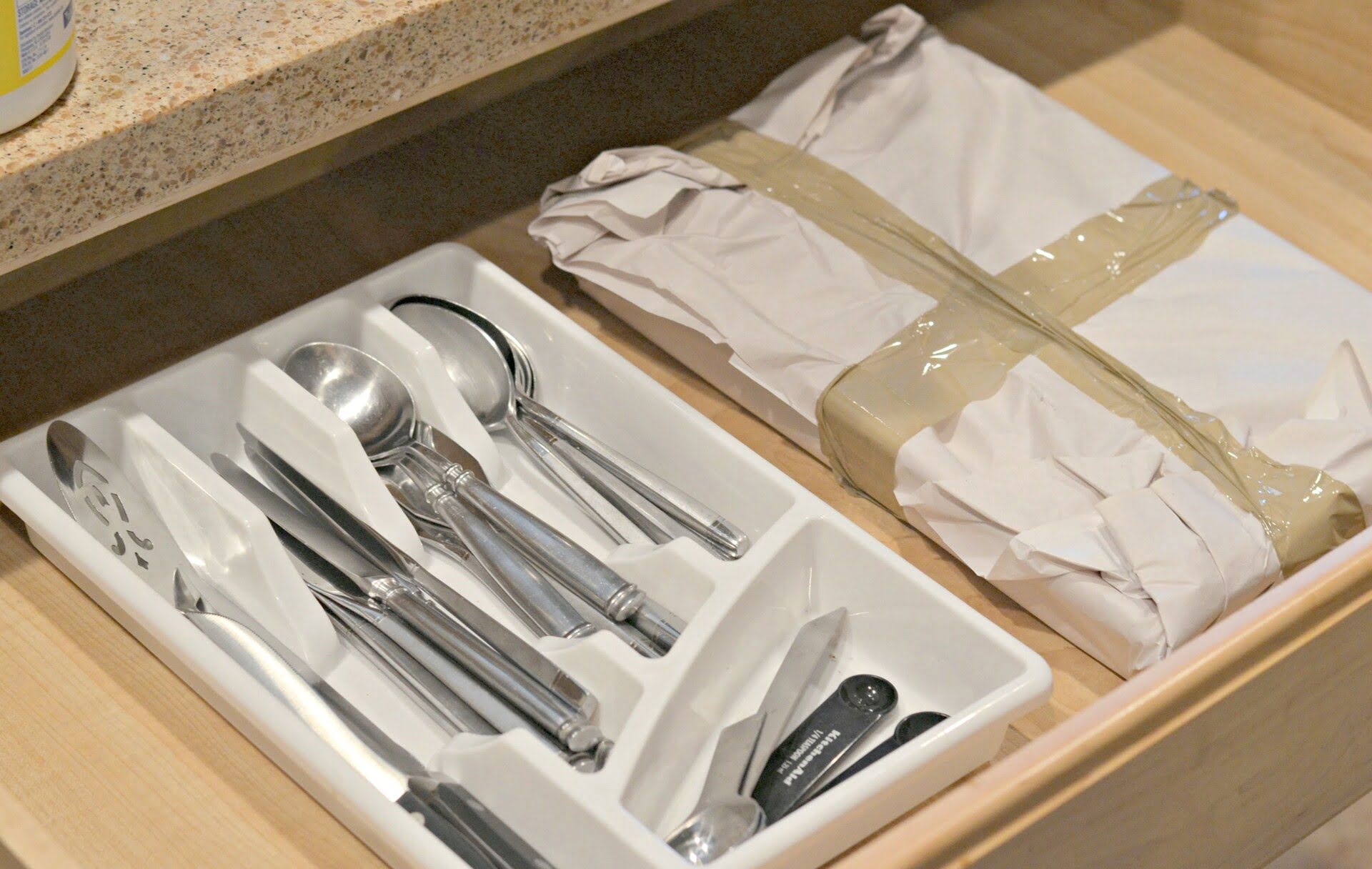
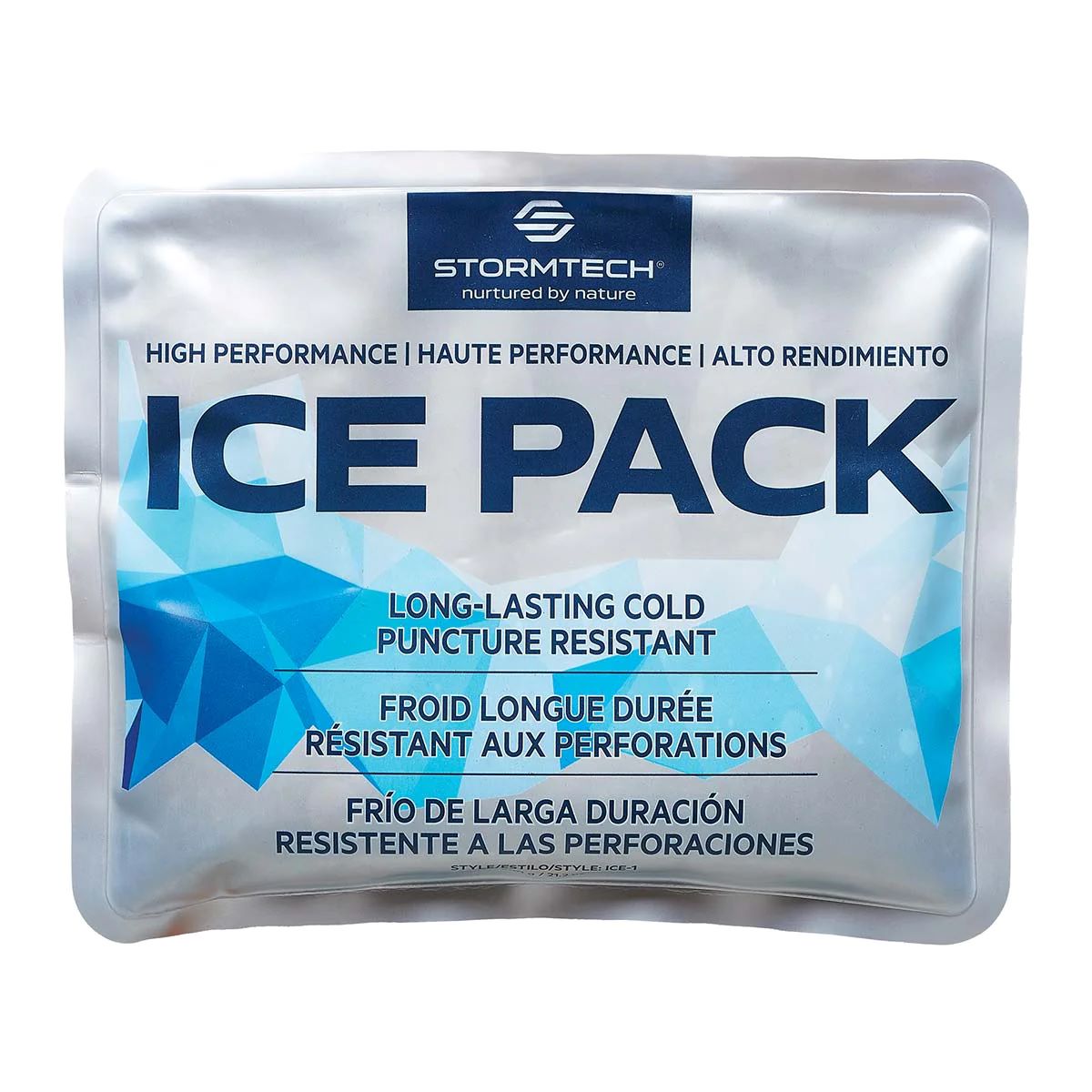

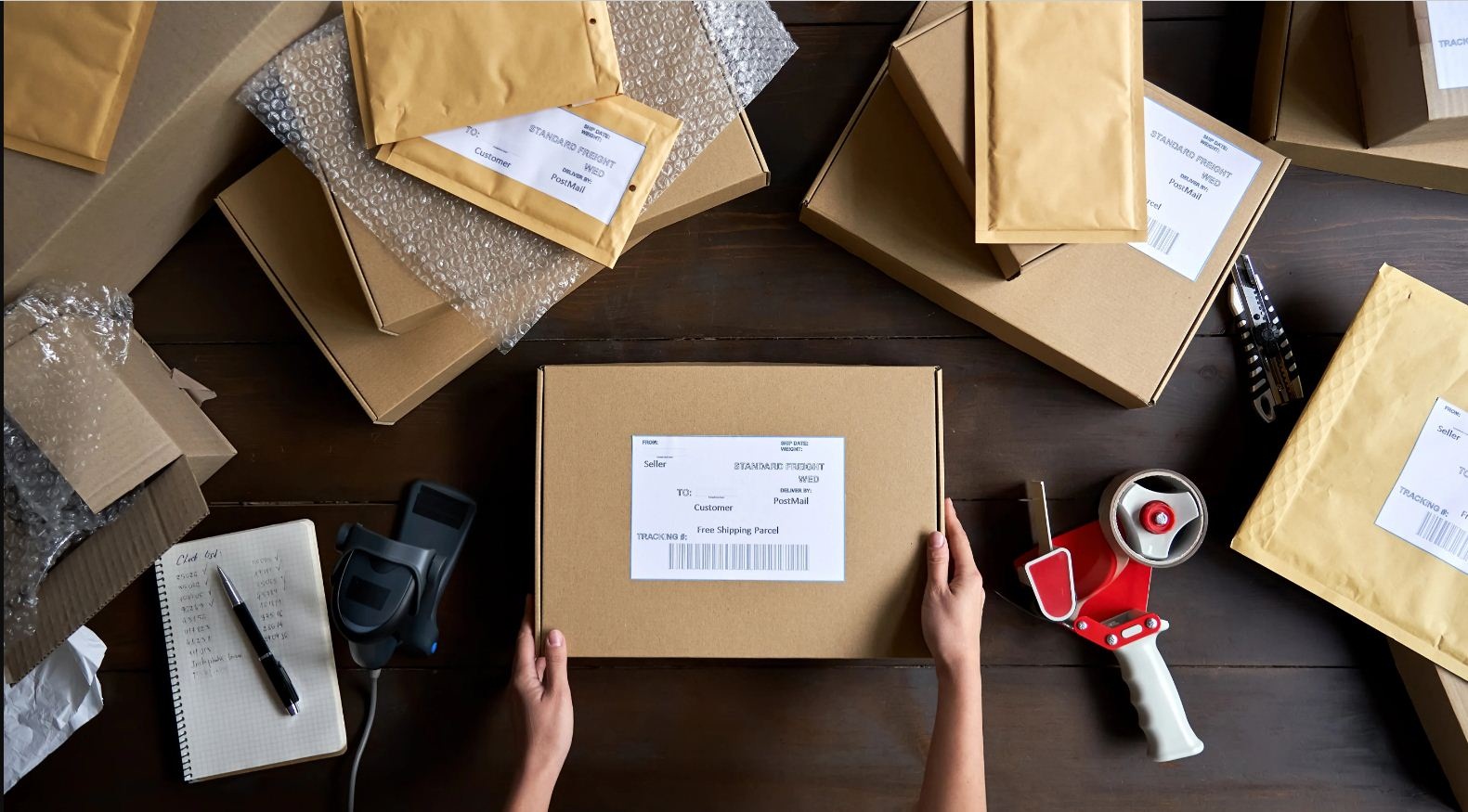
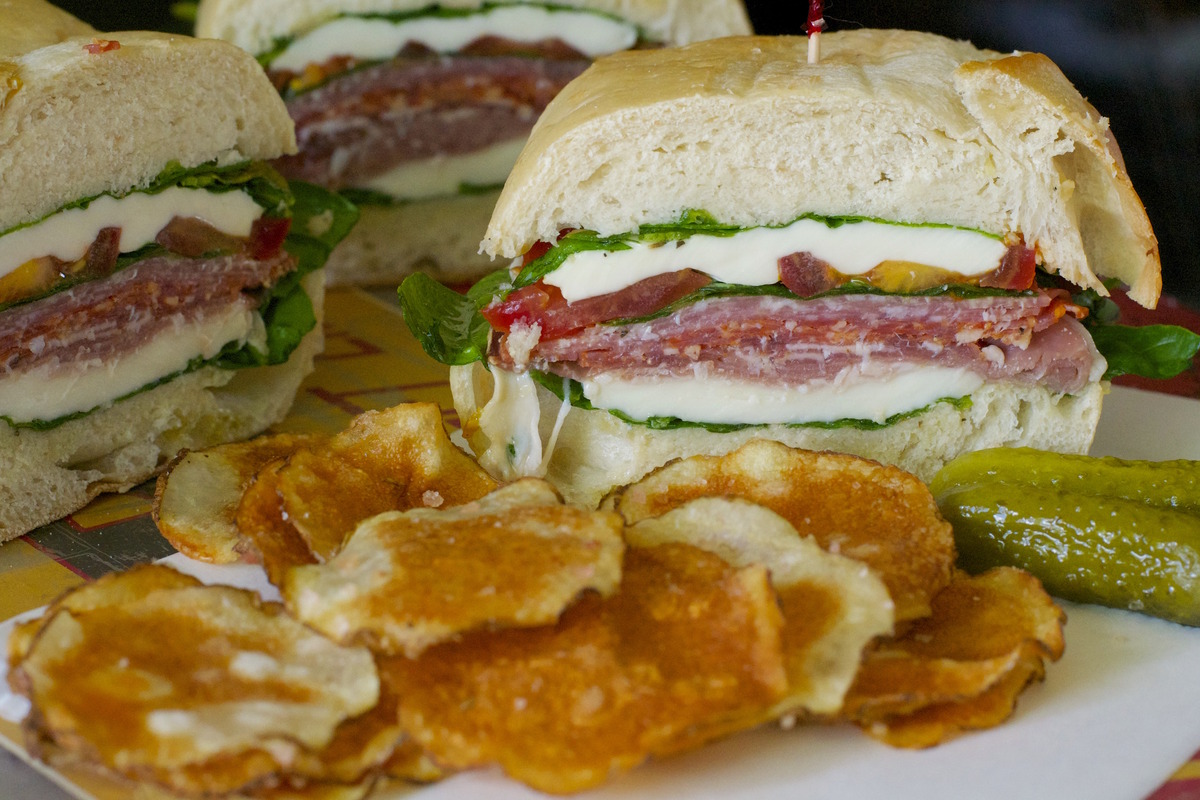

0 thoughts on “How To Pack Glass”